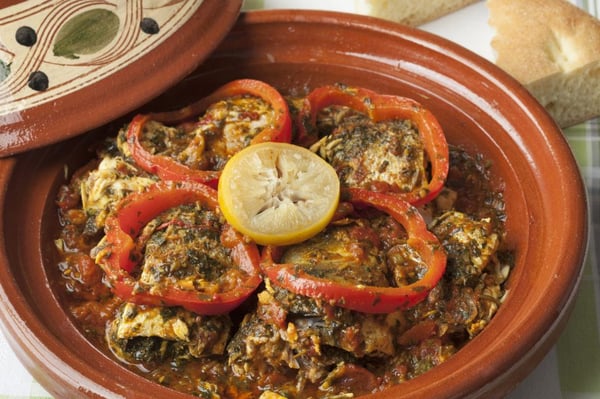Tagine: Enjoying a Fine Mediterranean Dish
Most Mediterranean foods have a taste and flavor unlike any other. This special taste comes from the unique methods used to cook some of these dishes, as well as their rich ingredients. No other meal exemplifies this notion more than tagine. It’s a dish that is as delightful as the ingredients that go into it, and what makes it truly special is the pot from which it is served.
The History of Tagine and Its Impact
Tagine is an old dish, dating back to the 9th century. Its origins come from countries like Morocco, Algeria, Tunisia, Maghreb, and North Africa. Even more interesting is that the first mention of this meal comes from the famous collection of tales known as the 1001 Arabian Night. It was also well known during the Abbasid Empire and was related to the nomadic Bedouin people of the Arabian Peninsula.
What’s fascinating about this Mediterranean feast is that it is named after the pot it’s cooked in. The tagine pot goes by many names in several countries, including tajine, maraq, and qidra. The pot is earthenware, a certain form of pottery.
Most earthenware pots are made from kaolin, ball clay, quartz, and feldspar. You’ll recognize the pot from either its typically white, buff or reddish colors. The pot is traditionally shaped with a circular, flat based with low sides. A cone- or dome-shaped cover sits on top of the pot while the food cooks.
Today, people in the Middle East and North Africa still make the dish. They even have different ways of cooking the potted dish.
 How Tagine Is Prepared
How Tagine Is Prepared
A tagine pot is sculpted and designed so that the cover traps condensation and makes sure that it returns to the bottom of the pot. The dish can be cooked over charcoal, a slow oven, gas, or an electric stove top. Slow cooking the food helps to preserve the flavor, and for those of you at home, a slow cooker can be used to replicate the process.
Several countries make the dish a certain way. In Morocco and Algeria, they typically make slow-cooked stew. Some of these dishes are made with lamb, poultry or fish, and cooked together with vegetables or fruits. Many flavorful spices are thrown in to add an exceptional taste.
In Tunisia, they use the pot only to cook the food. They prepare small pieces of meat, with onions and spices. Then they use thickeners such as cubed potatoes, chickpeas, and breadcrumbs to thicken the juice, and cheese and eggs are added. Once the meal is complete, it forms a sort of pie-shaped meal that is transferred to a plate and cut into several neat tasty slices.
Tagine can be made with just vegetables and a variety of different ingredients like fruits, nuts, and spices. With its earthenware pot, it slow cooks and captures the flavor, making sure that every bite is just as delicious as the last. You are sure to love this dish.







